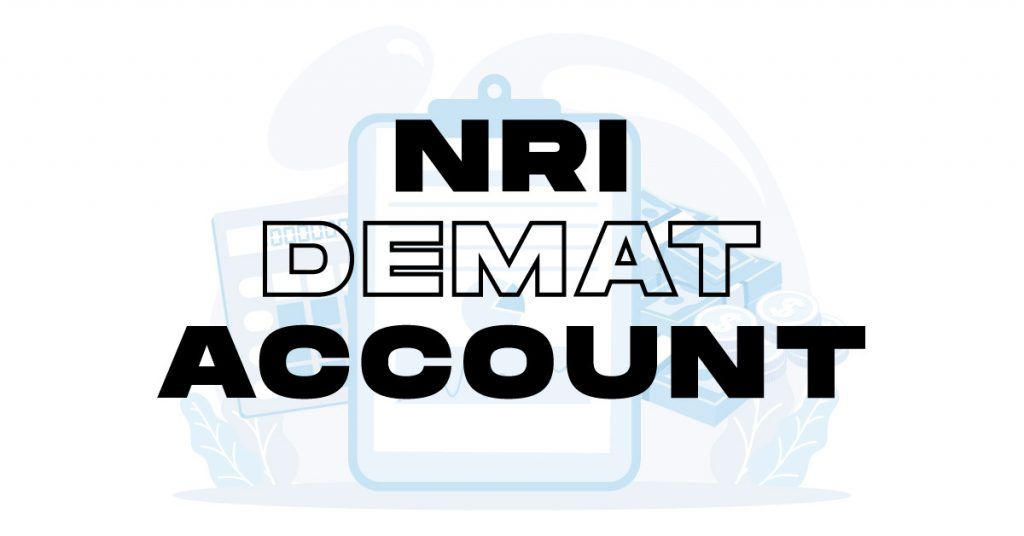IPO allotment basics
Written by Upstox Desk
Published on July 31, 2025 | 4 min read

An IPO is an offer of shares of a private company to the public for the first time. Bids are received as long as the IPO is open and allotment of shares is determined after the IPO comes to a close. Read on to know how allotment is determined following an IPO.
Key Points:
-
In the book building process, bids are placed within a price range and finally a price is fixed. All of the bids at the fixed price and above get shares.
-
Normally, the shares in an IPO are divided into three categories - one reserved for institutional investors, one for non institutional investors and one for retail investors. Also, shares are sold in lots and not individually.
-
Usually, companies try to ensure that every bidder gets at least 1 lot of stock. Then, the remaining lots can be divided among bidders in proportion to the amount of lots they've bid for.
IPO allotment process
The IPO allotment process is fairly simple. Investors place bids for shares. If shares are offered at a particular fixed price (issue price), then all bids are made at that price. However, share price can also be fixed or discovered after assessing demand for the stock by the book building process.
In the book building process, bids are placed within a price range and finally a price is fixed. All of the bids at the fixed price and above get shares. Thus, if you think that there are chances that a particular IPO might be in a high demand, i.e. the IPO might be over-subscribed, it's always prudent to bid for shares at the cut off price. If you choose the cut off price option while bidding for shares, you will get shares at the cut off price determined later on.
But, what happens when more number of bids are received than there are shares? The company then divides up the shares among bidders.
What happens in case of oversubscription?
Companies distribute the shares among bidders if the number of bids exceed the total number of shares on offer (in other words, if oversubscription occurs). The shares are distributed proportionately among bidders based on the value of their individual bids.
Normally, the shares in an IPO are divided into three categories:
- one reserved for institutional investors,
- one for non institutional investors and
- one for retail investors.
It is important to remember that in case of an IPO, shares are sold in lots and not individually. Thus, if shares are sold in lots of 16, an investor has to bid for shares in multiples of 16 depending upon one lot or the multiple lots.
Significant oversubscription almost always occurs in the category of shares set aside for retail investors. Usually, companies try to ensure that every bidder gets at least 1 lot of stock. Then, the remaining lots can be divided among bidders proportionate to the number of lots they've bid for. If this is not possible, that is, if the number of bids is greater than the number of share lots, allotment is done by way of a computerised draw of lots.
Wrapping Up
-
Bids are made on shares in an IPO.
-
Shares are allocated after the IPO bidding ends.
-
In IPOs that follow the book building process, bids at and above the cut off price get shares.
-
If an IPO is oversubscribed, at least one lot is allotted to each bidder and the rest is distributed proportionately based on bid amount.
-
If it's not possible to assign even one ‘lot’ to every bidder, then lucky bidders are selected through a computerised draw of lots.
About Author
Upstox Desk
Upstox Desk
Team of expert writers dedicated to providing insightful and comprehensive coverage on stock markets, economic trends, commodities, business developments, and personal finance. With a passion for delivering valuable information, the team strives to keep readers informed about the latest trends and developments in the financial world.
Read more from UpstoxUpstox is a leading Indian financial services company that offers online trading and investment services in stocks, commodities, currencies, mutual funds, and more. Founded in 2009 and headquartered in Mumbai, Upstox is backed by prominent investors including Ratan Tata, Tiger Global, and Kalaari Capital. It operates under RKSV Securities and is registered with SEBI, NSE, BSE, and other regulatory bodies, ensuring secure and compliant trading experiences.

























